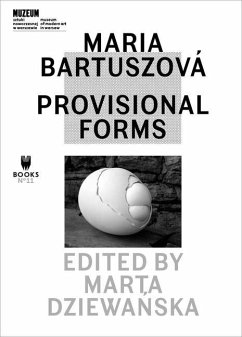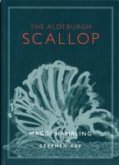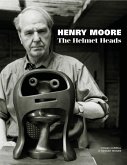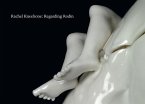The work of Maria Bartuszova (1936 1996), an under-recognized Slovak sculptor, was revealed to international audiences during Documenta 12 in Kassel in 2007. Since then, Bartuszova's works have appeared in influential exhibitions, and some pieces are now in prestigious contemporary-art collections. Bartuszova s art, however, has yet to achieve the broad recognition it merits. The phenomenon of discovering female artists whose work had remained under the radar of their time is changing the landscape of the history of art of the late 20th century. A case in point of this phenomenon is the art of Maria Bartuszova. She is among these select artists who not only experimented formally and embarked intuitively on new themes but who, rejected by mainstream modernist trends, remained working in isolation, or at best from marginalized positions. Yet Bartuszova and her now-recognized peers such as Eva Hesse and Alina Szapocznikow were pioneers in inventing the language of contemporary expression. The book "Maria Bartuszova: Provisional Forms" is an attempt to write a history that has yet to be made available. Her case has not been conveyed in any coherent way, though her work is built on a dense mesh of incredibly potent and dynamic references, reversions and unexpected fresh departures a record of hesitation and the search for a new language. Working with plaster a material which, from a sculptor s point of view, is both primitive and common Bartuszova experimented with it and did not hesitate to treat tradition, accepted norms and learned techniques as merely transitory and provisional. "








